Beta Assembly
The goal of today's meeting is to have a mechanically complete Beta so that Rohan and the Hardware Electrical team can get it wired tomorrow and off to Software Robot for some code on Thursday. We got the elevator mounted, which Rohan and the electrical team got to work on. The intake has some issues with serviceability and ease of assembly, so Soren and Emma spent 3 hours hitting axles with a mallet to add and remove pieces.
Intake Insights
Sunday's meeting showed us that while we're doing great on overall weight, the weight we have isn't distributed where we want it. Right now the intake is heavier than the elevator, which is going to make the robot less stable and harder to control than we want it. We need to pull some weight out of it. Below are Mike's notes on lightening the assembly.
1. We're not only concerned with total weight, but with the distribution of weight. By moving everything as far back as possible on the elevator, the whole assembly gets easier to move and control.
2. A steel chain has some non-negligible weight, as do the aluminum sprockets that it interfaces with. By moving to belts with 3D printed pulleys, we can remove metal from the assembly in a few places.
2. A steel chain has some non-negligible weight, as do the aluminum sprockets that it interfaces with. By moving to belts with 3D printed pulleys, we can remove metal from the assembly in a few places.
1. In a typical intake for a spherical game piece, the game piece is squished between the ground and a top roller as it moves. A roller underneath the ball isn't typically needed. To that end, the roller closest to the pivot probably isn't needed to pick up a cube. By replacing that axle with a carbon fiber rod we can add rigidity to the system and remove the weight of the shaft, bearings, compliant rollers, a pulley, and a belt.
2-4. By re-working the wrist to use a dead axle running between the 2x1 bars, we can remove the two aluminum brackets that hold the axle.
5. Running two figure-eight polycord belts (one on each side) should provide enough torque to the front rollers to keep the cone intake working well, and removes the weight of the gears and aluminum pulleys that currently run between the two shafts.
2-4. By re-working the wrist to use a dead axle running between the 2x1 bars, we can remove the two aluminum brackets that hold the axle.
5. Running two figure-eight polycord belts (one on each side) should provide enough torque to the front rollers to keep the cone intake working well, and removes the weight of the gears and aluminum pulleys that currently run between the two shafts.
2. Surprisingly, thinner material is lighter than thicker material. By dropping all of these plates to 1/8" thick and selectively reinforcing the parts with bearings in them, we can keep the structure sturdy while dropping the weight further.
3. Some 3D printed tube mounts will keep the CF structure in-place.
3. Some 3D printed tube mounts will keep the CF structure in-place.



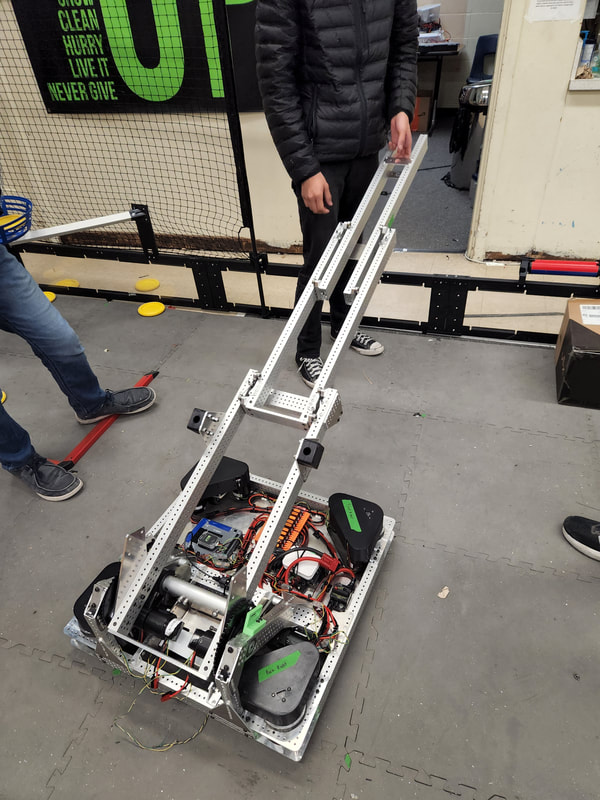


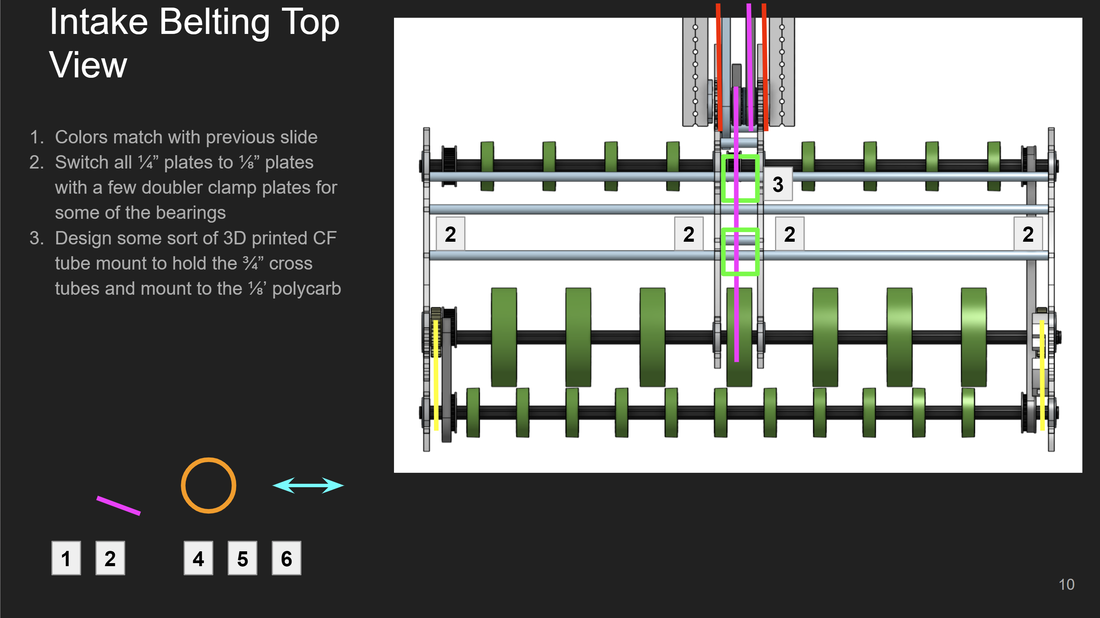





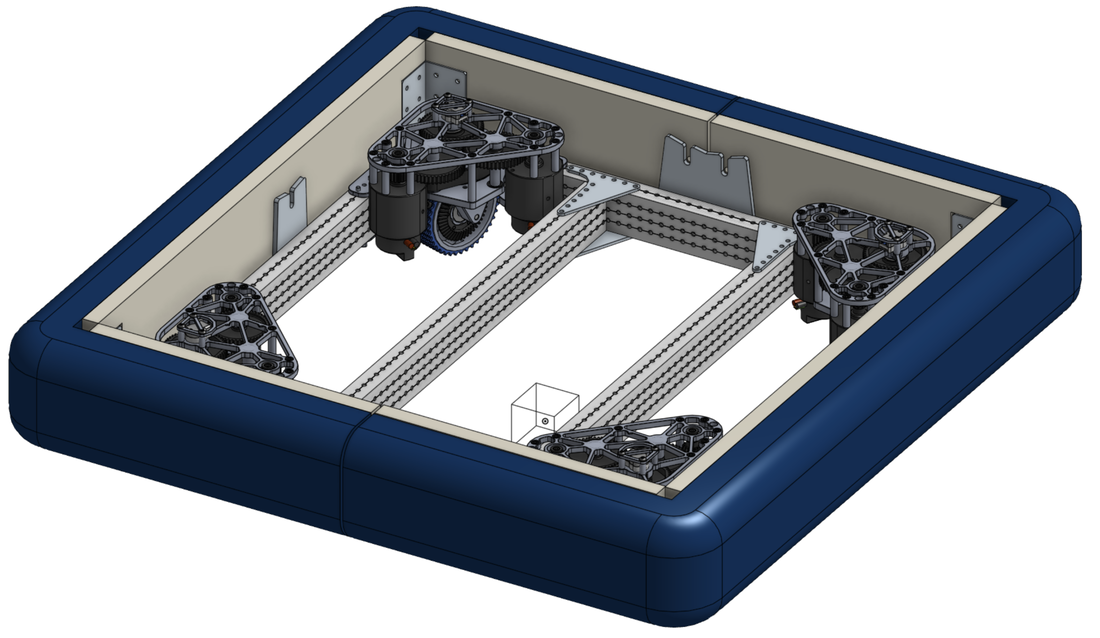

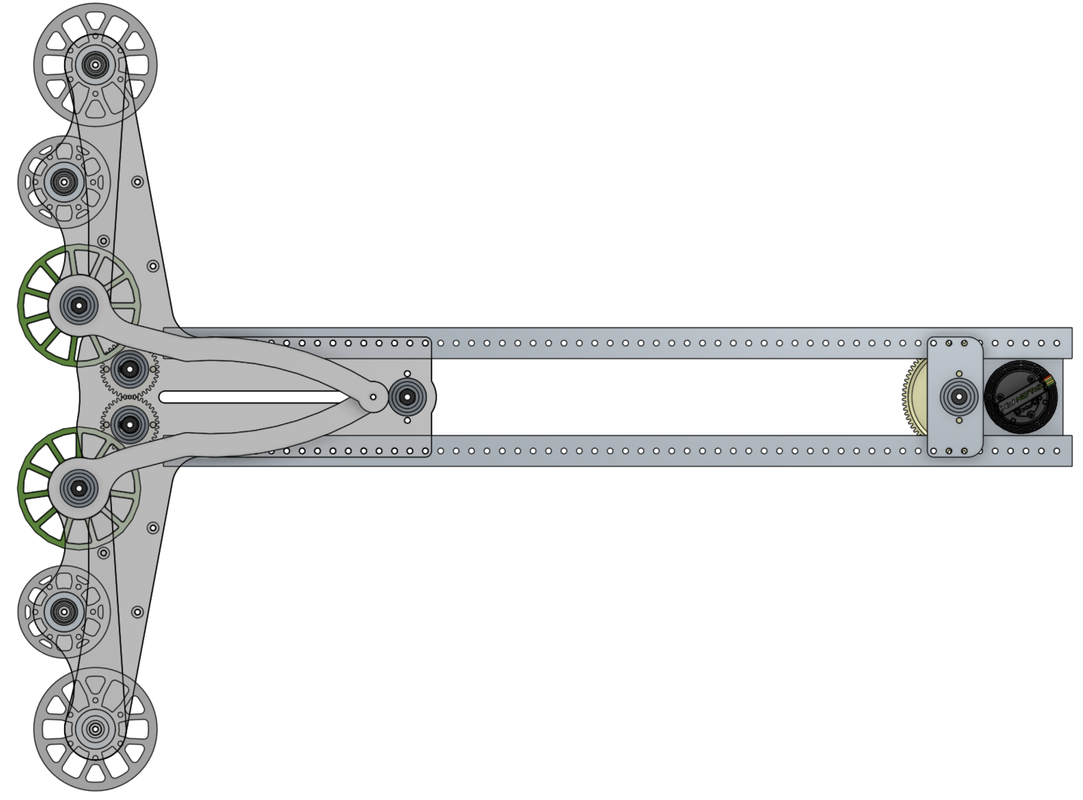






















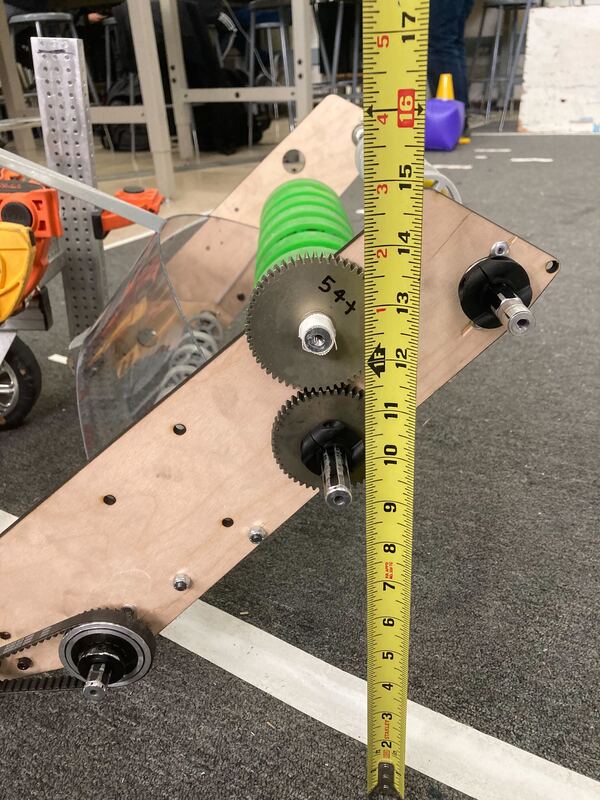
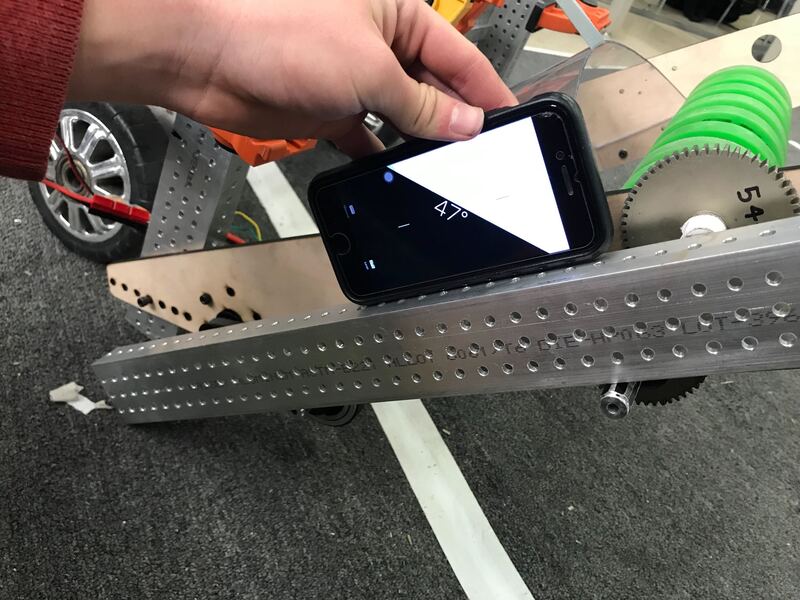













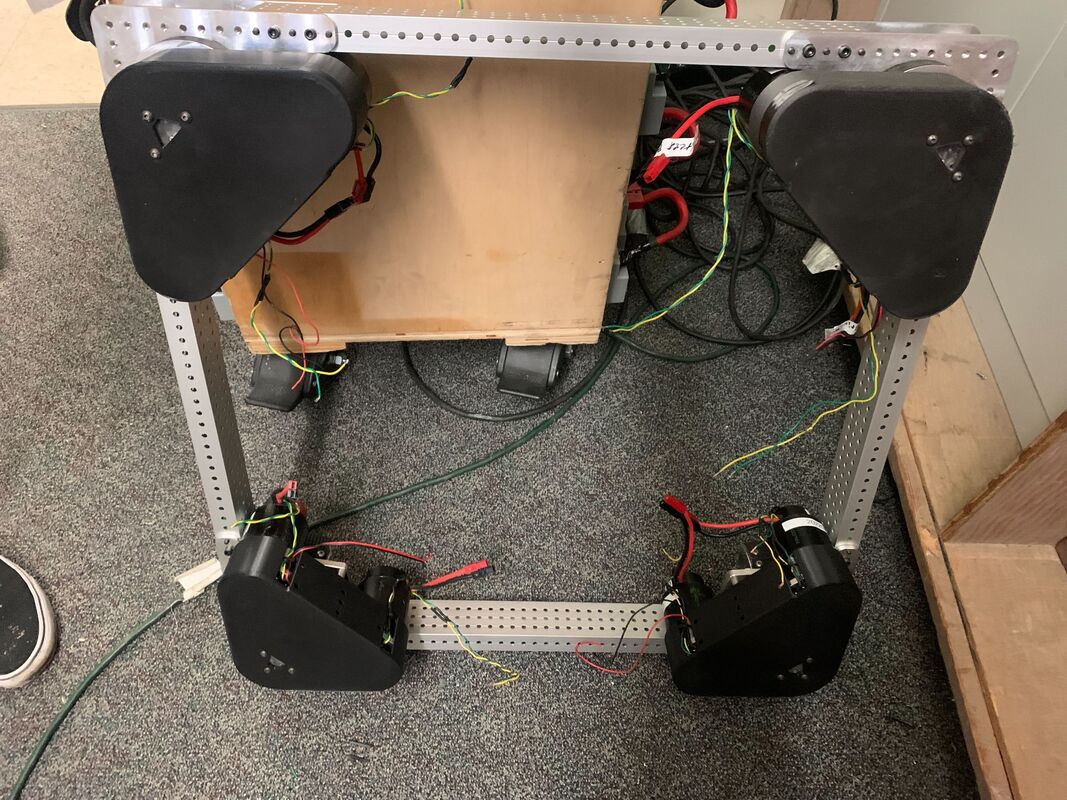


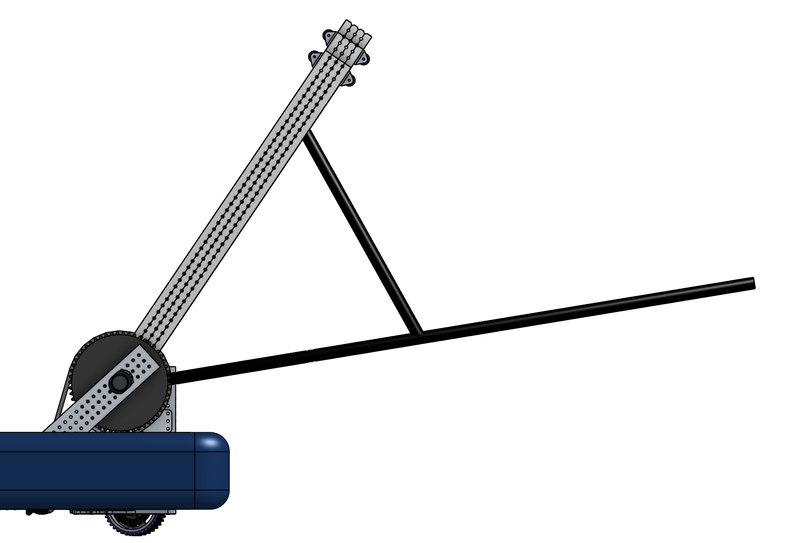



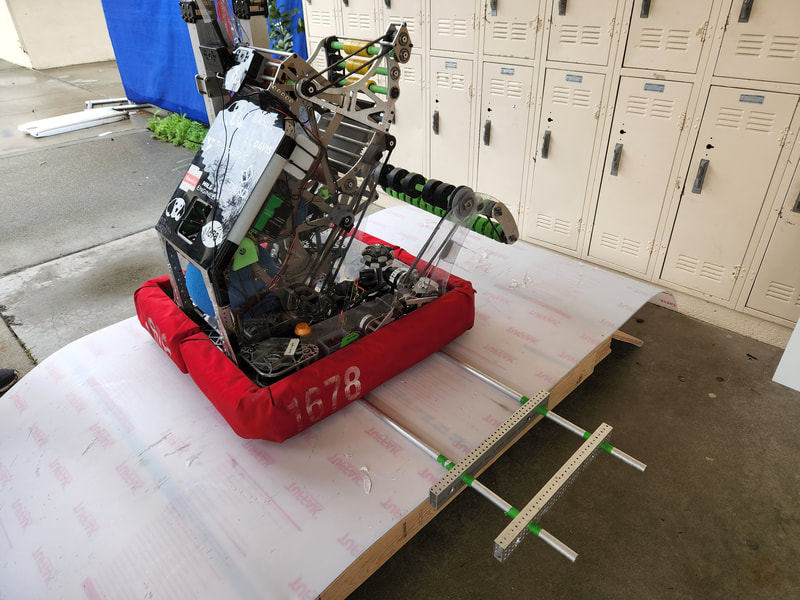

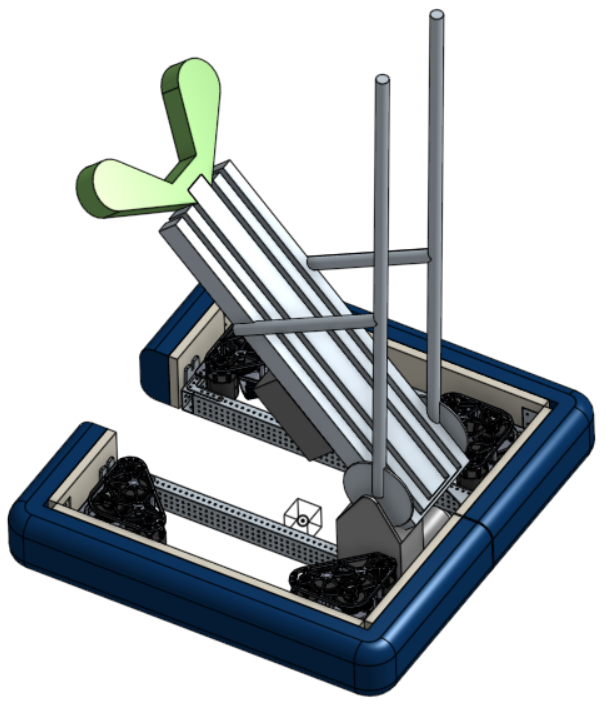






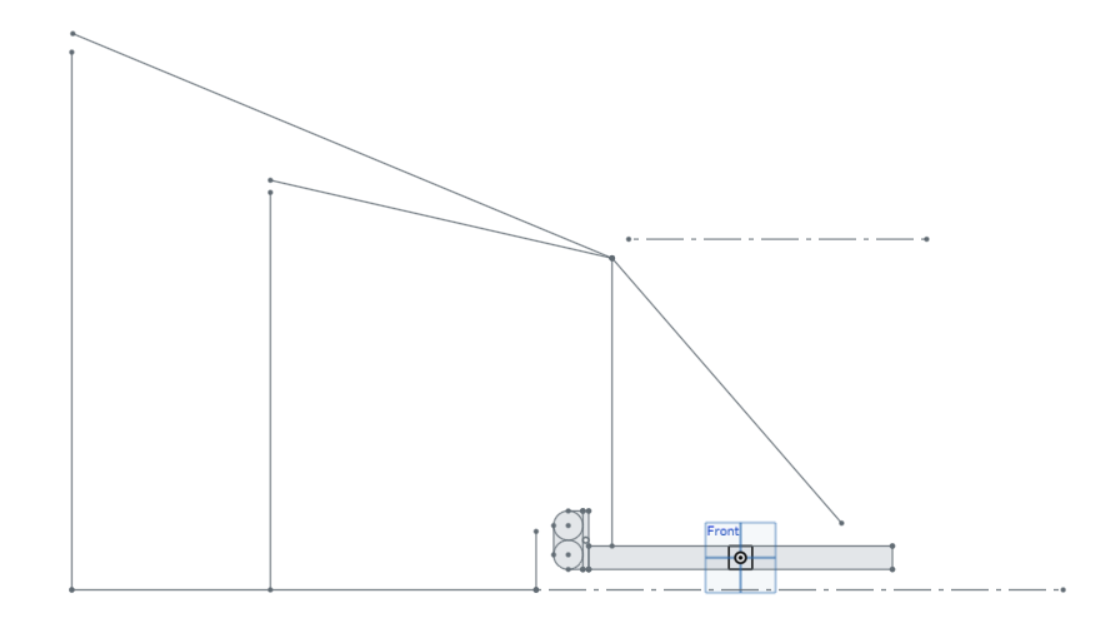



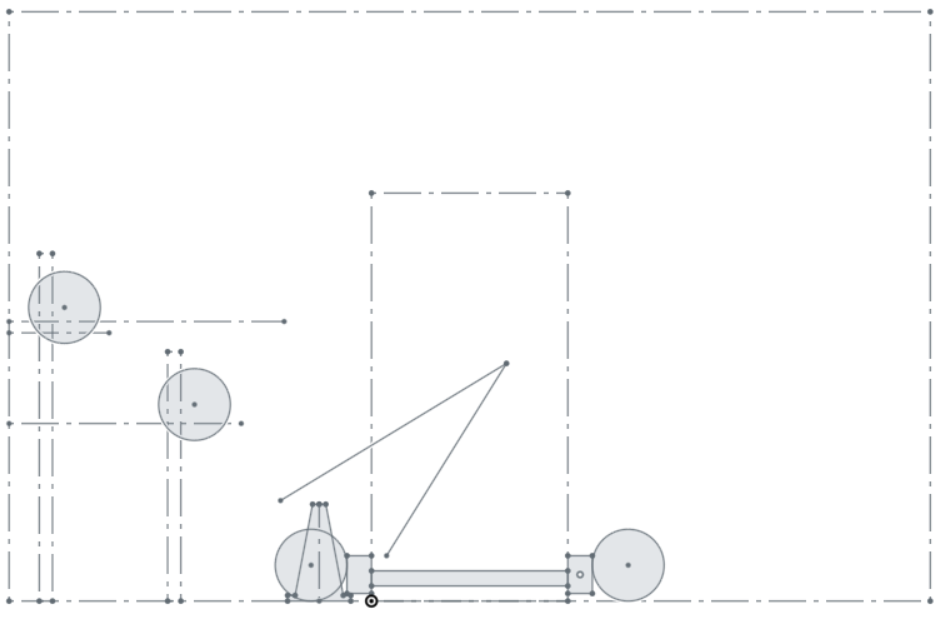









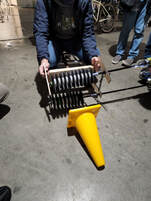





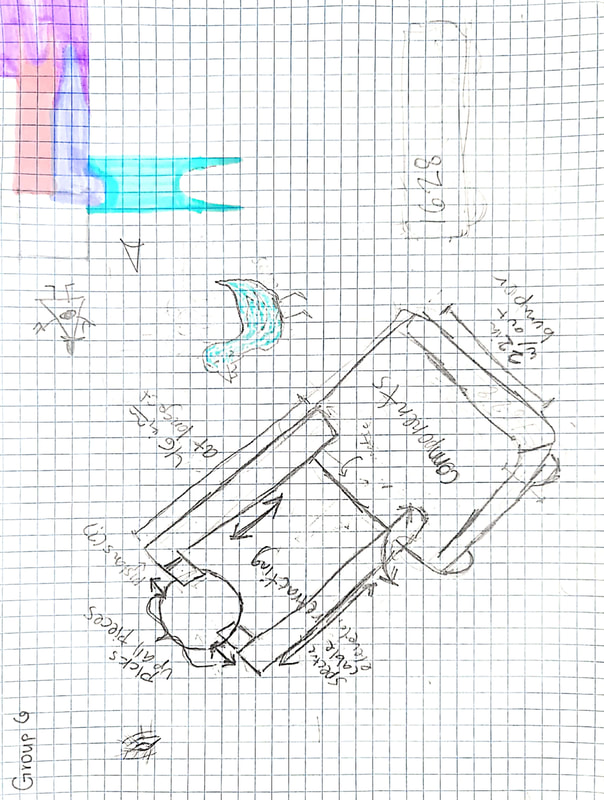











 RSS Feed
RSS Feed

